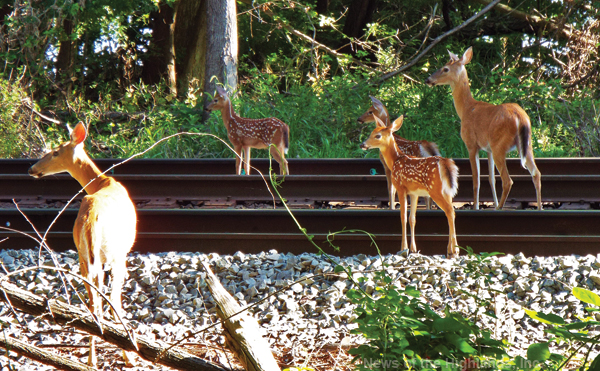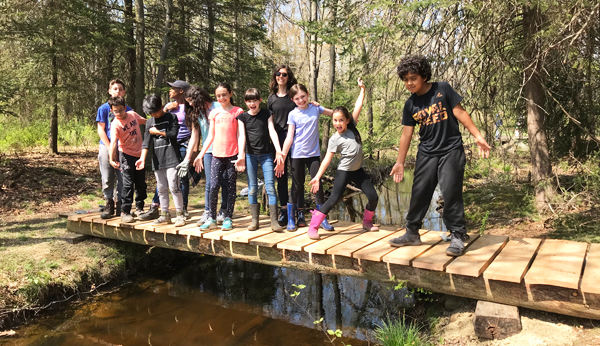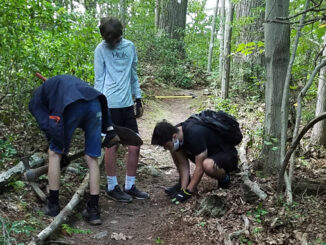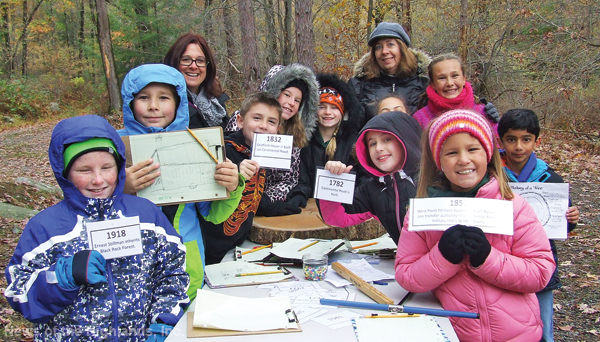
Many different cycles can be found in nature – the circle of life, the rising and setting of the sun, and the migration of animals. In his latest deer report, John Brady, manager of Black Rock Forest, notes the success of the deer harvesting program, as well as the end of one cycle and the start of a new one.
In 1999, drought leading to forest fires forced deer out of Black Rock Forest. They began to settle in Cornwall-on-Hudson, feasting on residents’ gardens and other vegetation. It wasn’t until four years later the newspapers started reporting the deer as being a nuisance.
“The deer management assistance program (DMAP) was established by the Department of Environmental Conservation in 1999 to directly respond to, not only the interference of deer to human lifestyle, but also to address vehicle accident issues, and finally, forest regeneration issues,” said Brady.
As a result of the program, and the introduction of bow hunting in Cornwall-on-Hudson, from 2009 to present, 219 deer were harvested in the village and in neighboring Black Rock Forest, 313 deer were culled during rifle season.
In 2013, an average of 30 deer per year were harvested in the village. By 2017, the nine year average dropped to 24 deer. Black Rock Forest also saw a drop in the average number of deer culled. Prior to the introduction of DMAP, Brady said hunters took home an average of 50 deer per year. Over the last nine years, that number dropped to 35 deer.
Brady said the numbers reaffirm the program’s effectiveness, but he assumes hunting pressure is consistent year after year. He said it’s not something he tracks for his annual report, but states the Black Rock Fish & Game Club has experienced a loss in deer hunter numbers, as has the entire state.
The deer population has also been kept in check due to the presence of the northeastern coyote. Brady states a large growth in acorns is usually followed by a jump in the number of deer present, but a large build-up of acorn crops during the 2013-15 seasons were not followed by the presumed deer population increase.
After 15 years, Brady said he’s starting to see the end of one cycle and the start of a new one. With a regenerated forest, deer are migrating from the village.
“The deer stayed until they deteriorated the range in the village. The forest recovered from the absence of deer, now they’re moving back.”
A dozen snow events this past winter provided numerous opportunities to track deer movement.
“By mid-January, five tracking events concluded a dramatic increase of deer numbers compared to the census of this time last year,” said Brady.
DMAP and the emergence of the coyote decreased deer density to 11 to 14 deer per square mile. That number has increased 50 percent to 18.2 deer per square mile.
Brady predicts the cycle will continue. Once the deer overbrowse the forest, they’ll return to the village.



